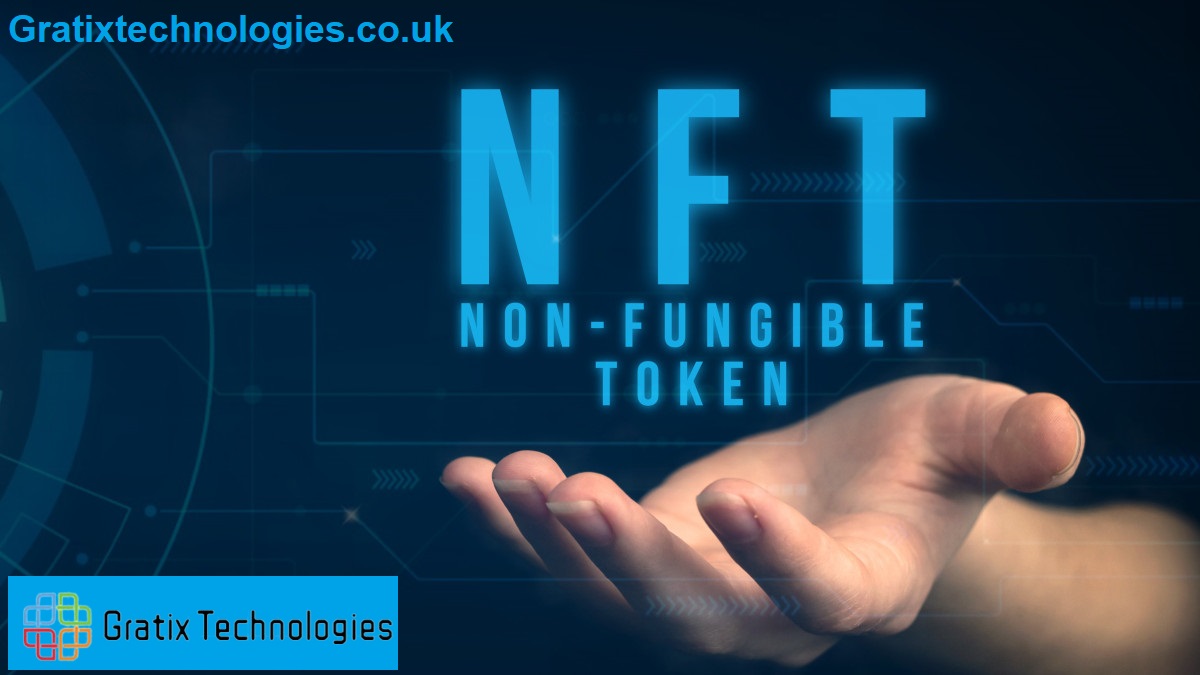“The Matrix” stands as an unparalleled masterpiece within the realm of science fiction cinema. This groundbreaking action film not only reshaped our perceptions of the future but also forced us to reconsider the boundaries between reality and the virtual realm.
Released in 1999, the film portrays a dystopian world where advanced machines emerge victorious in their conflict with humanity, exacting a grave toll on human existence. Humans find themselves reduced to mere sources of energy, while their consciousness remains entrapped within the Matrix, a simulated environment crafted to deceive them into believing in a false reality.
At its core, “The Matrix” poses a profound question: do we prefer the comfort of an artificial existence or the stark truths of an unknown reality?
In light of recent technological progress, this question looms ever larger, hinting that humanity may soon be compelled to confront its answer. With the rise of artificial intelligence and the surge in popularity of concepts like blockchain, NFTs, and the metaverse, the debate surrounding these technologies intensifies. Are they tools for enhancing our lives, or do they lead us down a path reminiscent of the Matrix, wherein we become increasingly ensnared within virtual constructs from which escape seems impossible?
While the dystopian grip of malevolent overlords remains a fiction, our growing reliance on technology for work, life, and social interaction demands critical scrutiny. How much time spent in virtual realms is too much? What perils lurk within the realm of virtual reality and technological dependency?
Examining three prominent technological phenomena—NFTs, blockchain, and the metaverse—sheds light on these pressing considerations.
NFTs
Strolling through art galleries, masterpieces by renowned painters adorn the walls, embodying priceless cultural heritage. Yet, can a digital file ever ascend to the stature of a Cézanne or Van Gogh?
Enter the non-fungible token (NFT), a unique unit of data recorded on a blockchain ledger .Unlike its fungible counterparts, an NFT boasts singularity akin to a timeless masterpiece.
Though not the artwork itself, NFTs serve as a means to authenticate ownership of safeguarding the authenticity of digital art, in-game rarities, and virtual domains. In the burgeoning metaverse, NFTs will play a pivotal role, representing ownership of digital artefacts to avatar accoutrements goods and facilitating virtual commerce
However, the NFT development harbours shadows. Regulatory oversight remains scant, leaving the market vulnerable to volatility and exploitation. Moreover, environmental concerns loom large, as NFT transactions consume significant energy resources.
While investing in digital art via NFTs offers allure, it carries inherent risks, demanding vigilance and discernment from participants.
Blockchain
Blockchain technology, the backbone of cryptocurrencies like Bitcoin, promises heightened security and transparency in digital transactions. Beyond finance, blockchain holds potential for identity verification, data protection, and secure voting systems.
Yet, akin to the Matrix’s illusory allure, the long-term viability of cryptocurrencies remains uncertain. Regulatory gaps and anonymity attract nefarious actors, fostering illicit activities on a global scale.
Amidst the crypto frenzy, questions abound. Is the shift towards a decentralised, digital economy prudent? Can regulatory frameworks tame the inherent risks of uncharted financial terrain?
The Metaverse
In “The Matrix,” Neo confronts the choice between the familiar comfort of illusion and the daunting reality outside. Today, this dilemma resonates as the metaverse emerges on the technological horizon.
Envisioned as a virtual realm where users interact via avatars, the metaverse promises immersive experiences ranging from virtual meetings to concerts and shopping. Yet, alongside its allure, the metaverse presents challenges such as identity theft and excessive screen time, raising concerns for societal wellbeing.
As society inches closer to the metaverse’s realisation, deliberations on the balance between virtual immersion and tangible reality grow more urgent.
Conclusion
The narrative of “The Matrix” serves as a poignant reminder of individual agency amid technological evolution. While advancements offer unprecedented opportunities, they also entail risks necessitating prudent navigation.
As we navigate the digital landscape, let us heed Morpheus’s words: “What is real? How do you define ‘real’? If you’re talking about what you can feel, what you can smell, what you can taste and see, then ‘real’ is simply electrical signals interpreted by your brain.” Embracing technology’s potential while remaining grounded in reality ensures a future where humanity remains the master, not the servant, of its creations.


